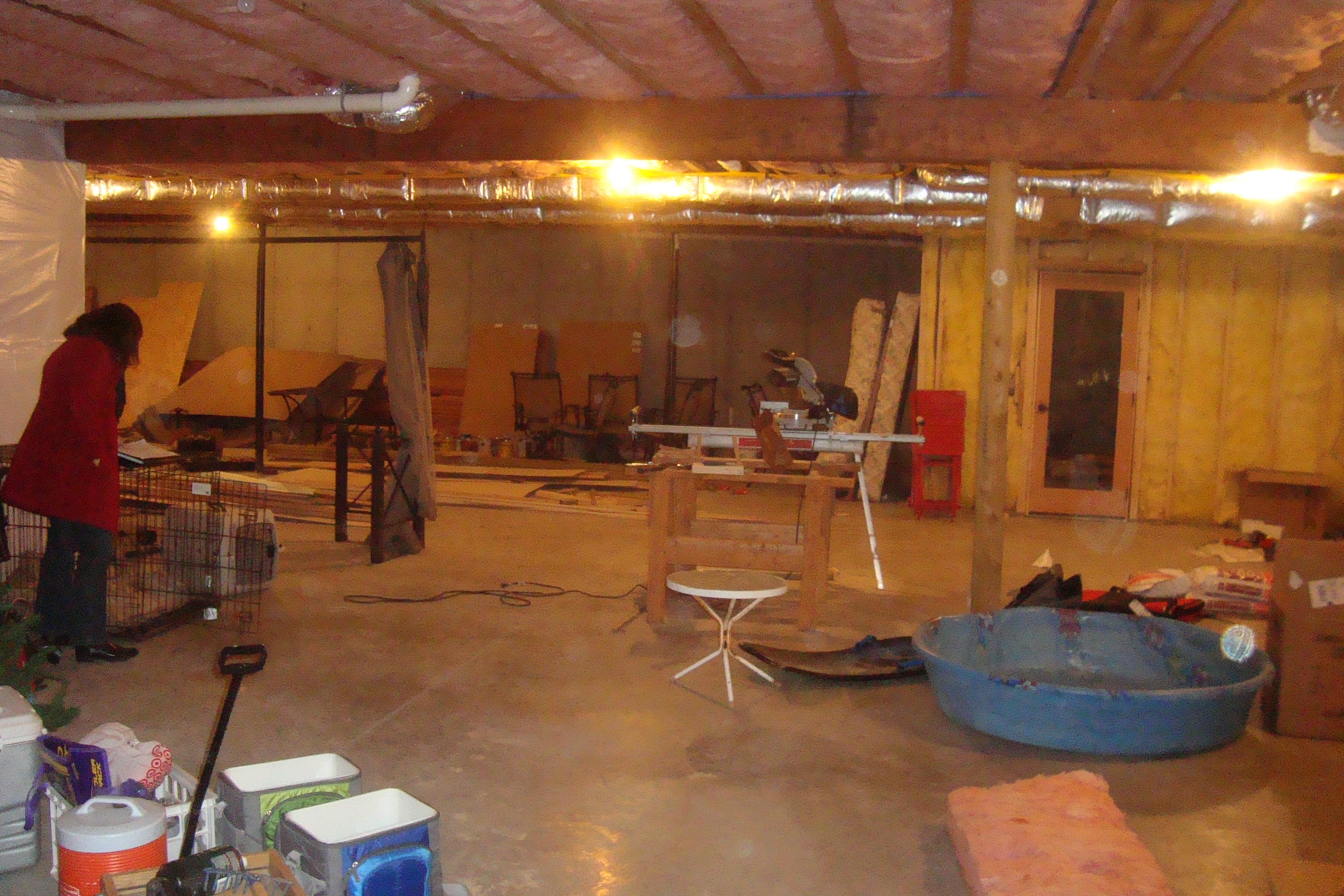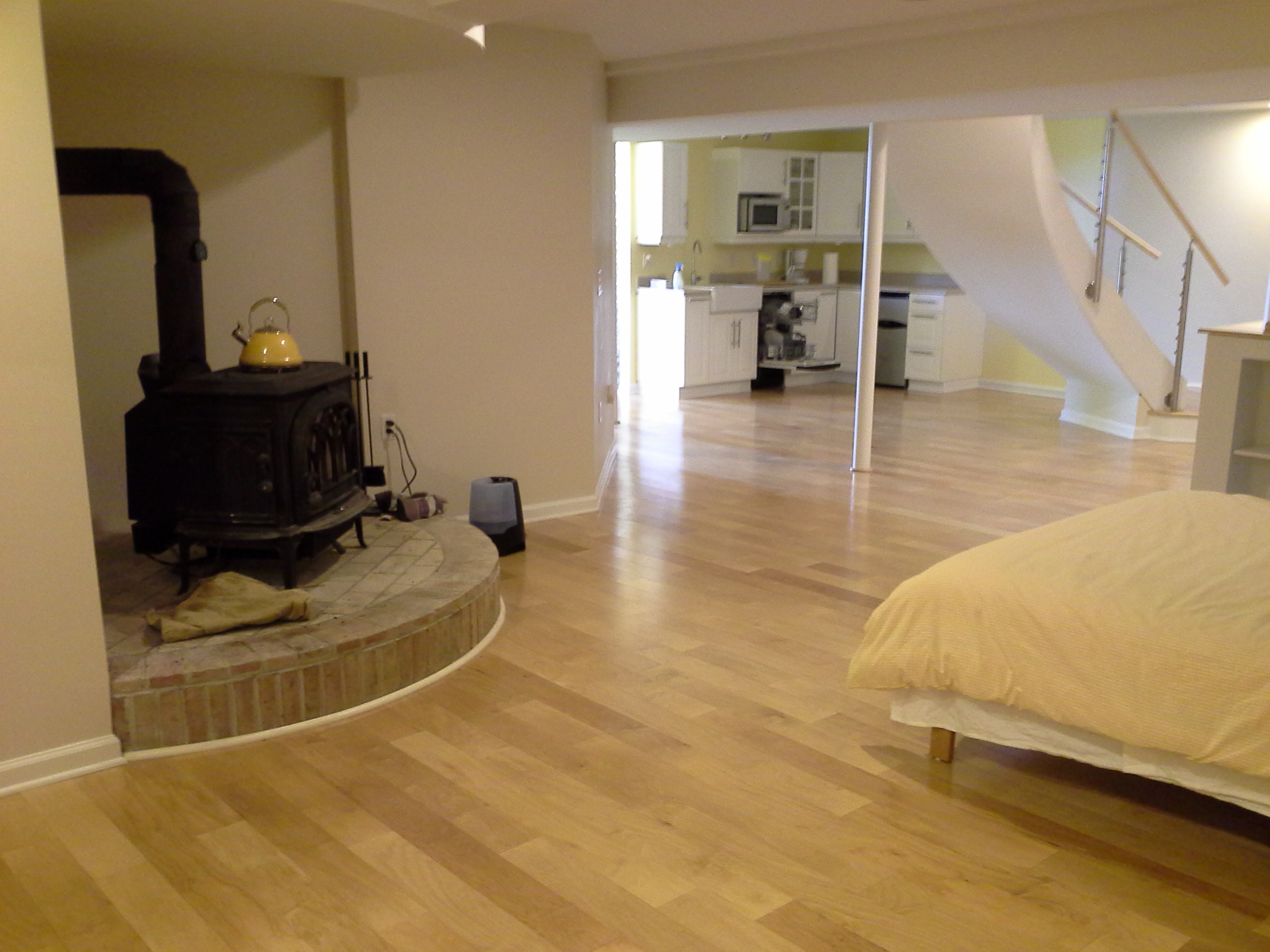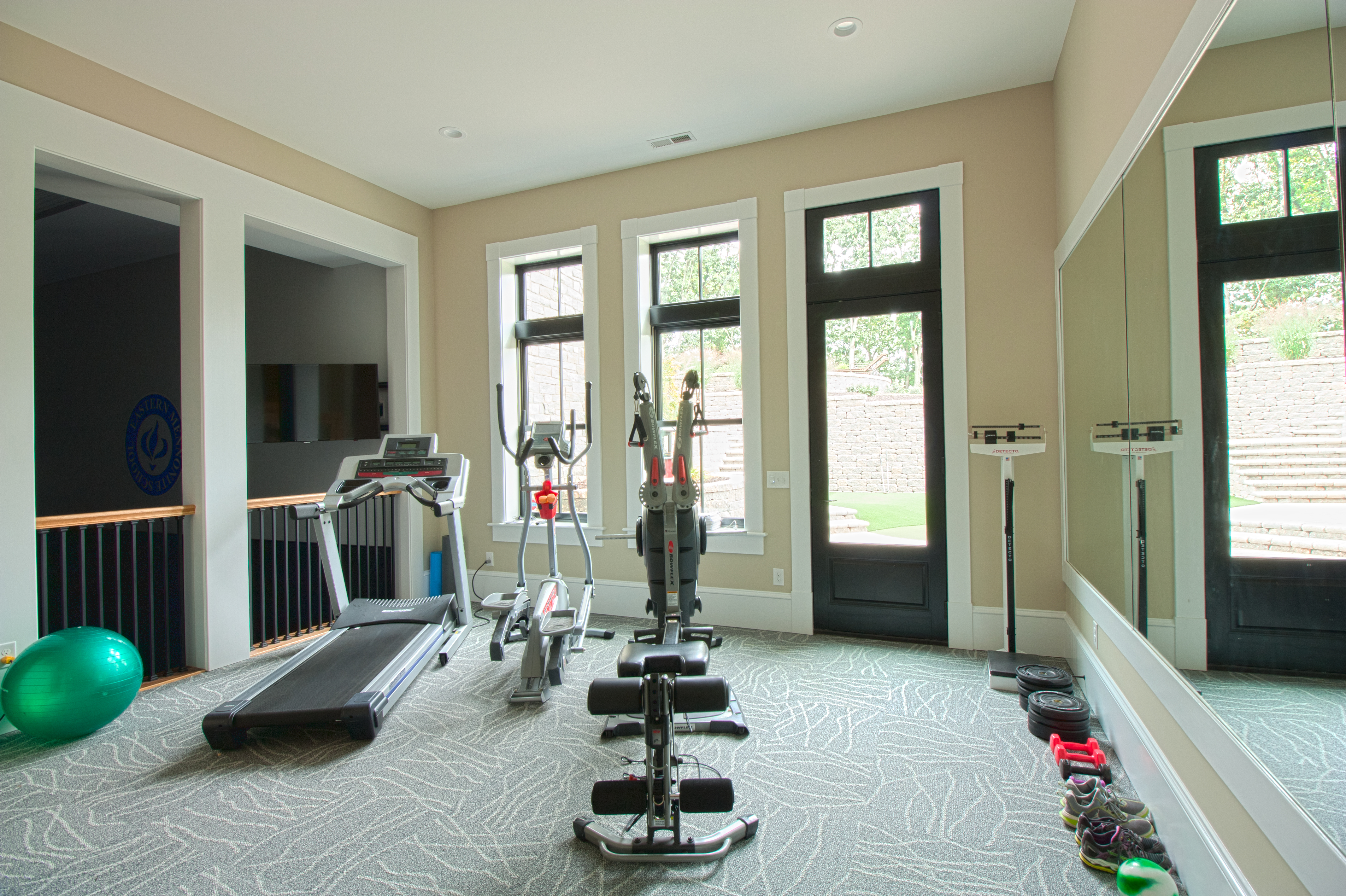Need a little more space? Finish your basement, but have a solid plan in place first. Here are 10 things to consider:
- Figure out the code requirements that might impact your home. You have to meet egress, ventilation, heating and cooling, electrical, and permit requirements.

- One of the biggest mistakes people make when finishing a basement is not taking measures to keep it dry. If your basement walls have any signs of moisture at all (and even if they dont) you should leave an air cavity behind the finished walls. This will allow space for the wall to dry out if water gets into the wall system.
- When building a wall in the basement you need to install a seal sealer under the pressure treated wood plate in order to reduce the chance of mold growth or water issues.
- The rim board is a huge air leak in most homes. Seal it with open cell spray foam. You should also insulate the walls to R-19 in the basement. This will make the space more comfortable and probably cut your energy usage.
- Pick your ceiling type with thoughts of future renovations. If you will need to get to plumbing that is above head, leave an access. If there are a lot of access point, perhaps you want to consider an acoustic ceiling (I really don’t like this option).
- A basement can be a dark spot in the house without proper lighting. Spend the money to get the appropriate number of lights installed with a nice color spectrum. After all you want to use the space don’t you. If at all possible, get natural light into the space through windows or if it is a walk out basement doors. If there is a bedroom, this is a code requirement.

- If your house was not originally designed to have a finished basement, you need to get a qualified HVAC technician to look at your system. It is important to make sure the system can handle the additional finished space, remove unwanted humidity, and provide the appropriate amount of ventilation.
- Test materials that might contain asbestos or lead. Removing these items can have serious health consequences to your family. You need to take specific cautions when working with these materials.
- There is nothing worse than finishing a basement for your home theater space / sports hangout / man cave / gym to find out you cannot turn the television or music up after 9pm because it is below your kid’s bedroom. Make sure you add sound insulation measures into the design to create the kind of space you want and don’t create problems with the existing spaces in your home.

- If you are adding a bathroom in the basement – first make sure your septic system will allow for it (gravity and size), next make sure you can provide the needed ventilation, and then figure out how to connect it to the existing plumbing system. It is not complicated to get it right, but it does take some planning.







